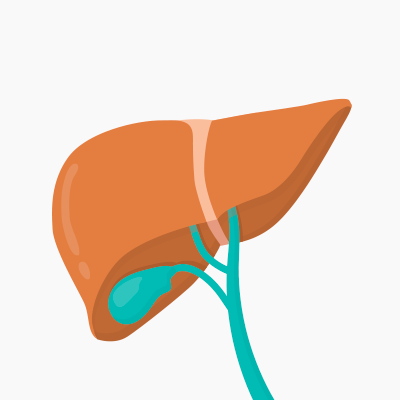The Gallbladder (Gone but not forgotten; the low-down on life after a cholecystectomy)
- hayleyzavattiero

- Feb 18, 2020
- 3 min read
Although a little organ, the gallbladder is an important player in our bodys hepato-biliary (liver and gallbladder) system. Its main responsibility being to store and concentrate bile that is produced by the liver. When we have a meal, the gall bladder contracts and releases the concentrated bile into the digestive system which helps us breakdown and digest fats and oils; just like how dish soap breaks down oils in our kitchen sink. Because bile is such an important part of digestion, the body will actually reabsorb around 95% of it to reuse for future digestion.
This system is essential for the digestion of not only fat and oils from our food, but also the fat-soluble vitamins A, D, E and K and omega 3.

These days a cholecystectomy, the removal of one’s gallbladder, is such a common procedure in the treatment of gallstones.
The formation of gallstones occurs as a result of dysfunctional cholesterol, bile and bilirubin (red blood cell waste) metabolism within the hepato-billary system. The dysfunctional metabolism can occur from changes in diet, hormones, medications, rapid weight loss or rapid weight gain. Signs of gallstones include occasional abdominal pain nausea, and vomiting, often after meals, changes in bowel motions, loose stools and light or pale coloured stools.
The gallstones are pretty manageable when they stay within the body of the gallbladder. However, some can become dislodged and find themselves blocking the ducts that provide the stomach with bile for digestion. This is when more severe inflammation, pain, fever, nausea and vomiting can occur.
After gallbladder removal it is extremely common for patients to continue experiencing digestive complaints and IBS. This is because your storage facility for bile is now gone. And also, there is nowhere for the body to concentrate bile to be an effective digestive chemical. This leads to a constant drip of unconcentrated bile production from the liver into the intestines.
This constant drip puts a continuous stress on the digestive system causing inflammation to membranes, change in gut acidity ultimately impacting the balance of the microbiome.
Inflamed membranes can lead to a reduced ability to secrete other digestive chemicals for the breakdown of carbohydrates and protein. There may also be structural damage and a development of ‘leaky’ gut. Loose stools can also occur due to extra mucous secretion as a protective mechanism and possible flushing effects; this is all in an effort to protect the body and limit anything harmful crossing into the blood.
When our gut bacteria meet this form of unconcentrated yet consistent flow of bile they either begin to die off due to the change in acidity or begin feeding on it, producing what is known as secondary bile salts. The microbial profile changes quite significantly that some of the species that commonly thrive after gallbladder removal are directly linked with increased risk of colorectal cancer. Secondary bile salts themselves are considered carcinogenic giving rise to oxidative damage, inflammation and changes in colorectal cells.
If you are someone who has had their gallbladder removed, then it is likely that you have been recommended to follow a low-fat diet. But there is so much more going on and this shouldn’t be the only dietary or lifestyle recommendation you should follow.
Supporting the digestive chemicals, clearing secondary bile salts, balancing your microbiome, increasing fat-soluble vitamin status, regulating bowel motions and, of course, managing inflammation and oxidative stress are all important factors in post cholecystectomy care for digestive health and increasing health outcomes for the future.




Comments